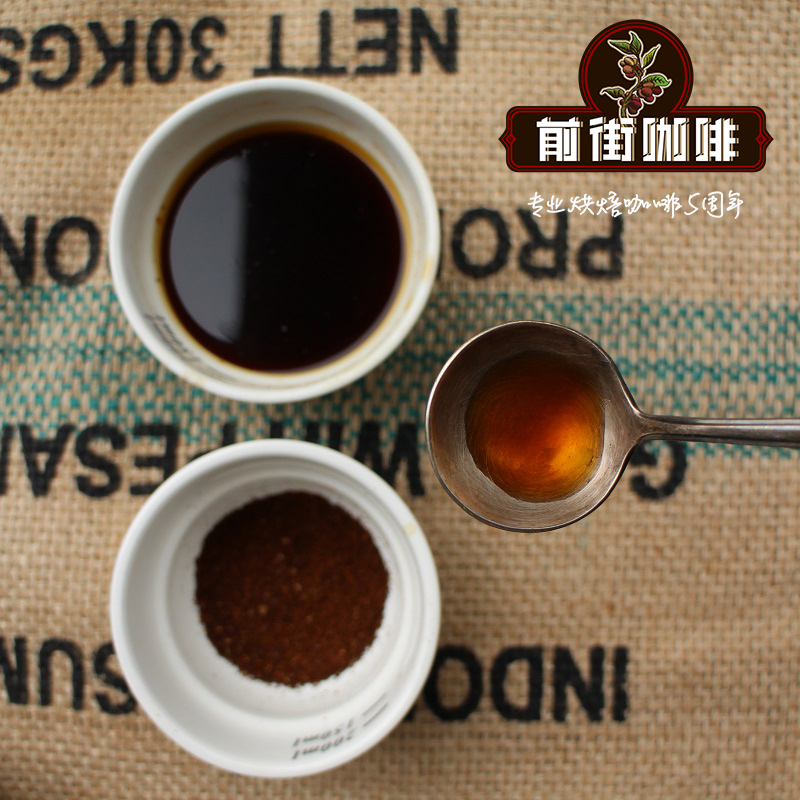What are the characteristics of the coffee from Rwanda? what's the taste of the coffee from Rwanda?

Professional coffee knowledge exchange more coffee bean information please follow the coffee workshop (Wechat official account cafe_style)
A brief introduction to the taste characteristics of Rwanda coffee in Qianjie
Rwanda, known as the land of thousands of hills, has about 33000 hectares of coffee plantations. 500000 people are engaged in the coffee industry. Rwanda is the only country in the world that can fully enjoy the harmony between soil, altitude and climate. Bourbon coffee grown in Rwanda is one of the original varieties of Arabica. Coffee is grown between 1350m and 1800m. Rwanda's fertile volcanic soil, abundant rainfall and mild climate throughout the year give it a peculiar flavor. They usually have a clean and bright taste, comparable to the best coffee in Central America, more balanced, with charming fruit sweetness, floral aromas and tea-like flavors.
Like many African countries, Rwandan coffee is mainly produced by small farmers, and the ripe cherry fruits are collected and sent to the processing station every year during the harvest period. First, it is selected by hand to ensure that no immature or damaged fruit is mixed in. Then remove the pericarp, wash the pectin in the channel after 12-18 hours of washing and fermentation in a cool and low temperature environment. During the drying process of the scaffolding, the members of the treatment station will turn manually and take care of them carefully to ensure that the raw beans with shells will not lose moisture or dry unevenly in sufficient sunlight, until the moisture content stability of raw beans is reduced to less than 14%.
Many excellent coffees in Rwanda come from the western and southern regions. COOPAC/Kirorero is a washing treatment plant owned by COOPAC, and another treatment plant of the company won the fifth place in Rwanda's COE in 2015. In cooperation with the local cooperative, there are 2381 coffee farmers. COOPAC/Kirorero Coffee processing Plant has won in COE, Rwanda, more than 2008, 2011, 2012, 2014 and 2015 times. It has Rainforest Alliance certification and American Fair Trade certification.
COOPAC in the western province of Rwanda is an organic bourbon species, with an altitude of about 1500-1900 meters. The main composition of the soil planted is volcanic ash, which is completely organic. Due to the unique regional cultivation, coffee beans have strong regional characteristics.
COOPAC organic bourbon species in the western province of Rwanda
Origin: Rwanda
Processing method: washing + scaffolding to dry
Grade: SHB
Variety: bourbon
Baking degree: medium and shallow baking
To learn more about coffee, please follow "Coffee Workshop" and share coffee knowledge every day.
END
Important Notice :
前街咖啡 FrontStreet Coffee has moved to new addredd:
FrontStreet Coffee Address: 315,Donghua East Road,GuangZhou
Tel:020 38364473
- Prev

Introduction to Rwandan Coffee | A brief introduction to the producing areas and flavor and taste of Rwandan coffee
Professional coffee knowledge exchange more coffee bean information please follow the coffee workshop (Wechat official account cafe_style) the front street of Rwanda coffee area introduction Rwanda Rwanda was brought in by German missionaries in 1904, but it was not until 1917 that Rwanda's coffee production was large enough for export. After the first World War, the Trusteeship of the League of Nations (the League of Nations
- Next

What are the characteristics of Honduran coffee? a brief introduction to the taste of Honduran coffee
Professional coffee knowledge exchange more coffee bean information please follow the coffee workshop (Wechat official account cafe_style) front street Honduras-Shirley coffee taste introduction Honduras, adjacent to Guatemala, El Salvador and Nicaragua. Coffee production was not hot at first until the frost in Brazil in 1975. At that time, Brazil was badly hit, coffee production plummeted, and Honduras
Related
- Beginners will see the "Coffee pull flower" guide!
- What is the difference between ice blog purified milk and ordinary milk coffee?
- Why is the Philippines the largest producer of crops in Liberia?
- For coffee extraction, should the fine powder be retained?
- How does extracted espresso fill pressed powder? How much strength does it take to press the powder?
- How to make jasmine cold extract coffee? Is the jasmine + latte good?
- Will this little toy really make the coffee taste better? How does Lily Drip affect coffee extraction?
- Will the action of slapping the filter cup also affect coffee extraction?
- What's the difference between powder-to-water ratio and powder-to-liquid ratio?
- What is the Ethiopian local species? What does it have to do with Heirloom native species?

